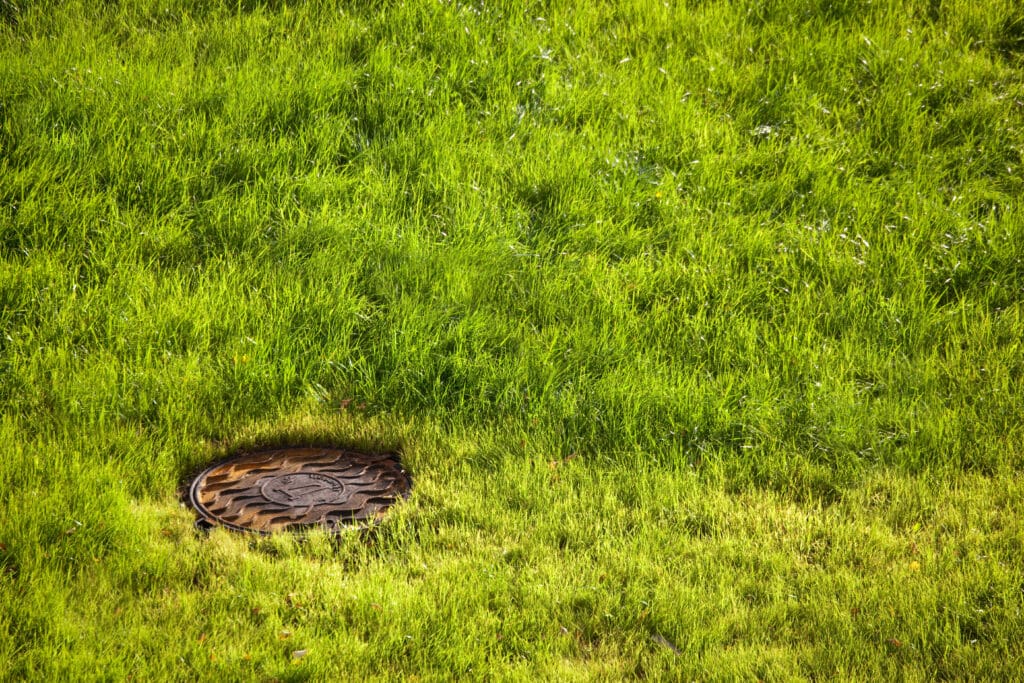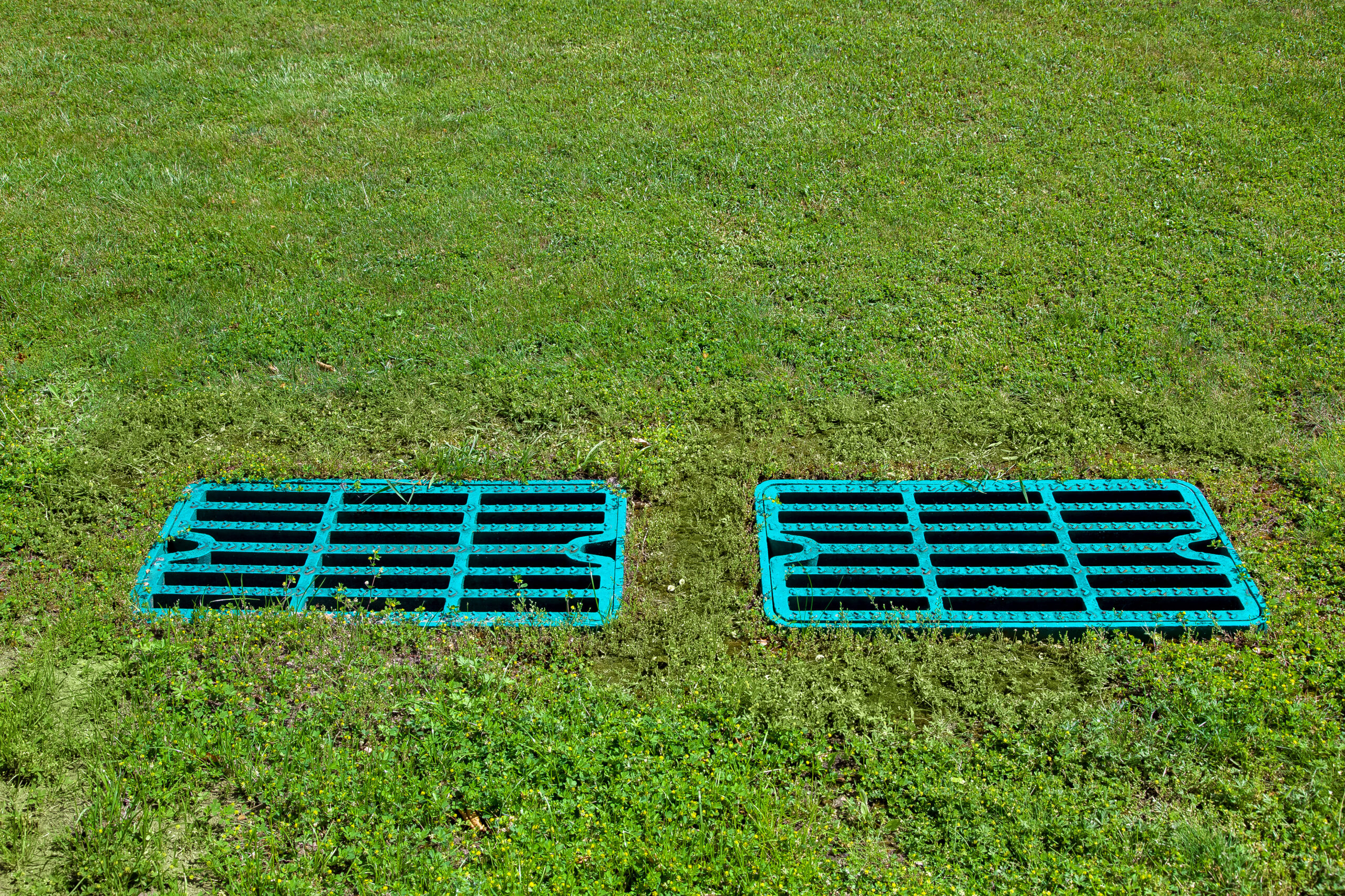As a property owner, you now have responsibilities that you may have been unfamiliar with before. One of the most daunting and intimidating responsibilities is the septic system. But don’t be afraid, with the right knowledge and awareness, you can master septic upkeep and prevent high-cost maintenance and repair. The first step in this journey is to educate yourself – especially when it comes to your septic tank.
Have no fear, because Biros Septic is here for you. We will teach you how to avoid the need for emergency septic system plumbing by getting up-to-speed on everything there is to know about your septic drain field – otherwise known as a leach field – such as its purpose, location, and proper maintenance.
Our expertise is at your disposal to ensure you feel confident about managing your septic system.
The Purpose of Your Septic Leach Field Revealed
A leach field is a system of underground, perforated pipes adjacent to your septic tank that are set in gravel or stone trenches. A septic drain field filters and disperses wastewater, assisting in disposing of liquid waste and contaminants.
The multiple trenches of underground pipes are usually six feet apart from one another. This creates an entire system of a network that drains liquid waste and septic tank effluent in a process designed to ensure your septic tank treatment is efficient.
In short, properties with septic tanks also have leach fields. These are important points in the lifeline of human waste. If the system is working properly, you would not even be aware it is there.
On average, leach fields will last for 20-30 years. To ensure the system is operating at full capacity for this length of time, we recommend a regularly scheduled septic field cleanout.
How and Where to Locate Your Drain Field

Septic systems and most waste management in general, live by a world of ‘out of sight, out of mind.’ But you should learn more about where and how your septic system threads through your home. A drain field will typically be located in a large, flat, and open area of your property where the native soil type allows for efficient drainage.
You can begin to discover where the septic leach field is by starting at your septic tank. The tank’s outlet will indicate the effluent drain line’s location. You can then use a metal soil probe in the ground to determine exactly where the leach field is.
An alternative option is to contact your local health department or permitting office for the original plans or blueprints during your septic tank installation.
This is part of what Biros Septic specializes in. We provide locating services to make the process of locating your septic drain field painless and easy.
How to Maintain Your Septic Drain Field Matters
You won’t have to get your hands dirty for this! A properly maintained leach field will ensure you get the most out of its lifespan, avoid high-cost repairs, and ultimately provide the comfort of a well-functioning septic system. We highly recommend adhering to the following practices to maintain your leach field:
- Avoid overloading your leach line system with more water than it can handle.
- Protect your system from unnecessary damage.
- Do not build over top of the system, including driveways and extra additions to your property.
- Do not plant gardens, bushes, or trees over the leach field. Make sure tree roots around the property are not damaging the area.
- Do not dig around the system, nor allow livestock or pets to graze around the area.
- Do not drive vehicles over the area where the drain field is located.
- Avoid flushing harmful chemicals, medications, harsh drain cleaners, etc.
- Rest your individual leach lines.
- Minimize the use of your garbage disposal. Avoid pouring grease, oil, and cooking fats down your drains.
- Equip hot tubs, whirlpool baths, etc. with drain limiting valves.
Leach field pipes are specifically designed to handle wastewater that flows from the septic system – but this does not make them impervious to damage. Preventing damage is often as easy as just avoiding the area, just as long as you know where it is.
Maintenance of your entire septic system often simply requires a little bit of knowledge of what not to do. The pipes and drains around your house are the result of thousands of years of practice with waste management. Treat them with respect, and they will likely outlast the rest of the house.
What Are the Common Signs of Drain Field Problems?
When you’ve experienced a large renovation or repair expense, you might be on edge about every little smell, sound, or rumble around the house. Rather than stress yourself out, go outside and take a deep breath. Learn how leach fields are better indicators of problems than you might expect. While leach fields are the endpoint to your septic system, they can often be the first place section of septic systems to show problems. Call a Septic expert if your leach field is showing signs of damage:
- Odors of sewage around the septic tank area.
- Flooded ground or standing water by the leach field.
- Greener grass or overgrown vegetation over the leach field.
- Overflowing toilets or sewage backup.
- Slow draining water in kitchen sinks or bathrooms
If your leach field is showing signs of failure, it is time to get in touch with Biros Septic to rectify and reduce further damage with a septic drain field cleanout.
Now that you are equipped with the knowledge and awareness to protect your leach field, you can make the right decisions moving forward.
Since 1990, Biros Septic has provided a variety of high-quality services that are meticulously crafted to ensure our clients receive the best care they deserve. Schedule an appointment today to take the headache out and put the right foot forward.

